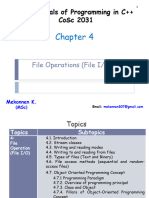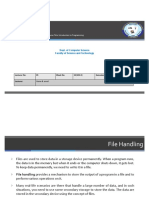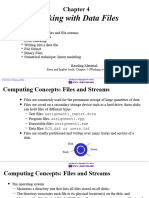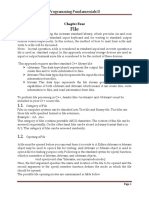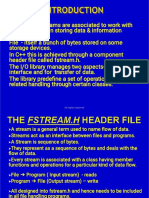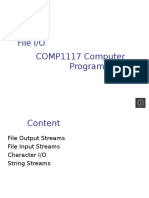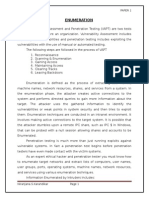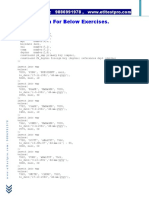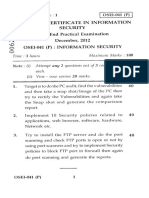0% found this document useful (0 votes)
27 views29 pagesLecture 5 File Handling Part 1
The document provides an overview of file handling in C++, including the differences between files and variables, the use of streams for file input/output, and various file operations such as opening, reading, writing, and closing files. It also explains different opening modes and error handling when working with files. Examples are provided to illustrate how to implement file operations in C++.
Uploaded by
mushreenmajid86Copyright
© © All Rights Reserved
We take content rights seriously. If you suspect this is your content, claim it here.
Available Formats
Download as PPTX, PDF, TXT or read online on Scribd
0% found this document useful (0 votes)
27 views29 pagesLecture 5 File Handling Part 1
The document provides an overview of file handling in C++, including the differences between files and variables, the use of streams for file input/output, and various file operations such as opening, reading, writing, and closing files. It also explains different opening modes and error handling when working with files. Examples are provided to illustrate how to implement file operations in C++.
Uploaded by
mushreenmajid86Copyright
© © All Rights Reserved
We take content rights seriously. If you suspect this is your content, claim it here.
Available Formats
Download as PPTX, PDF, TXT or read online on Scribd
/ 29








